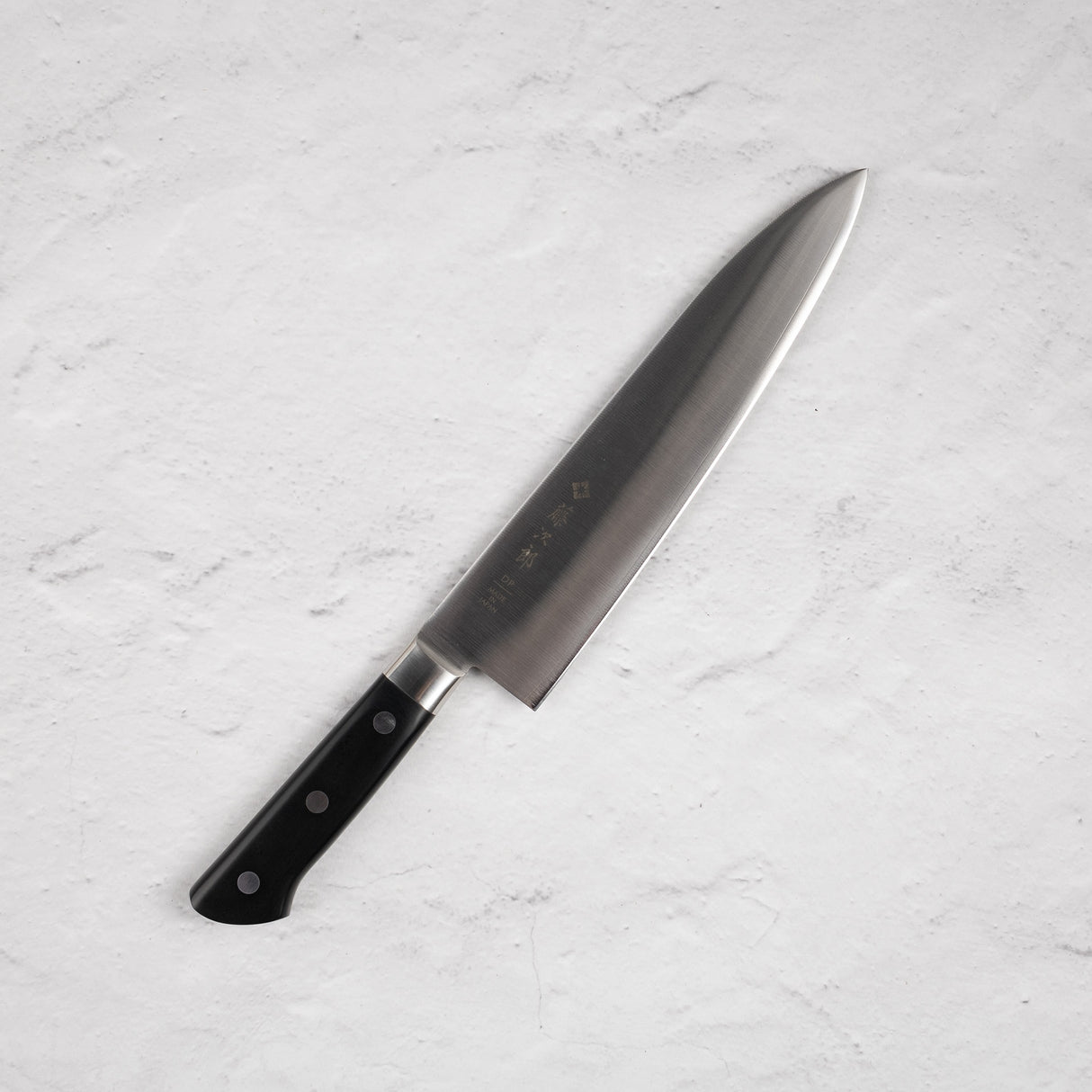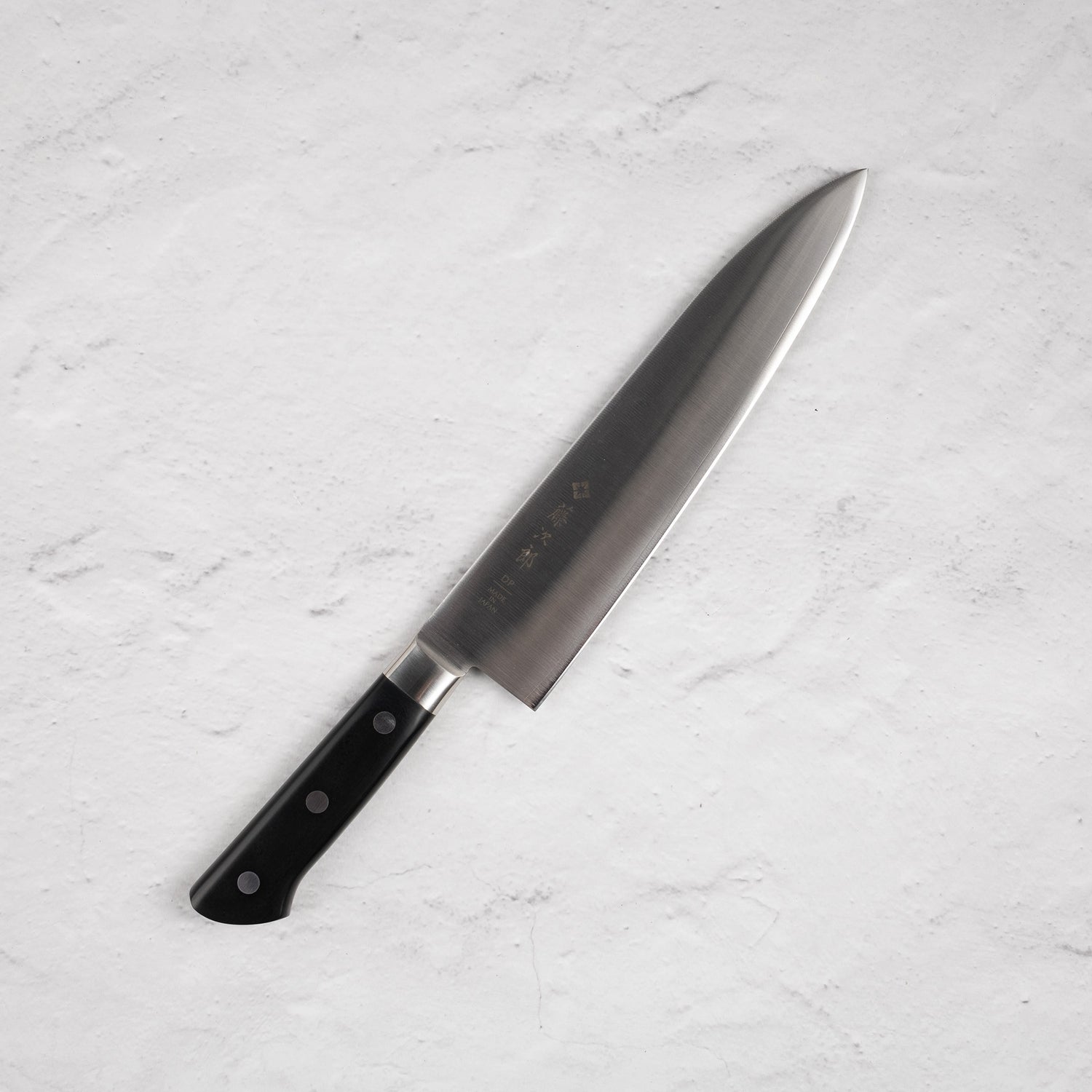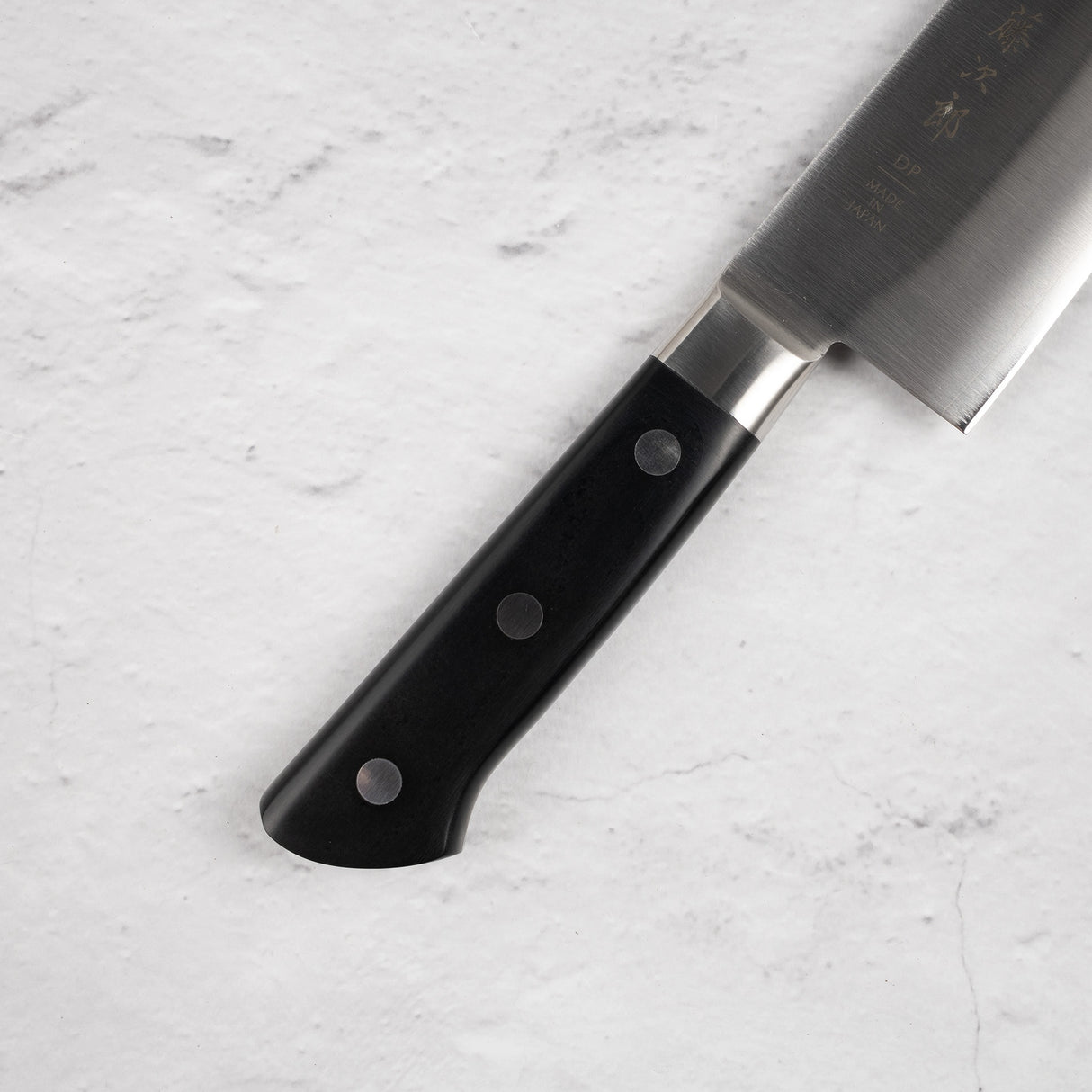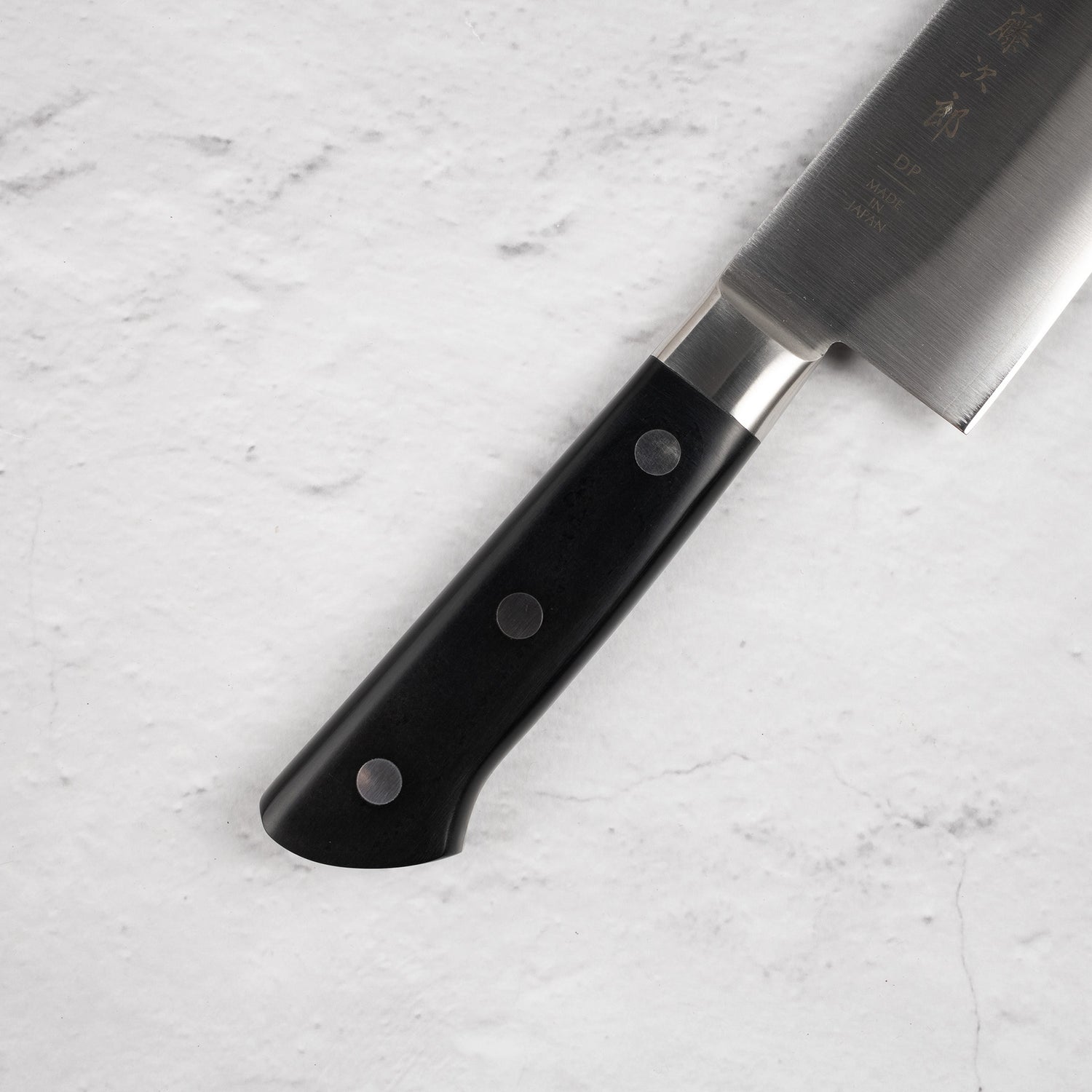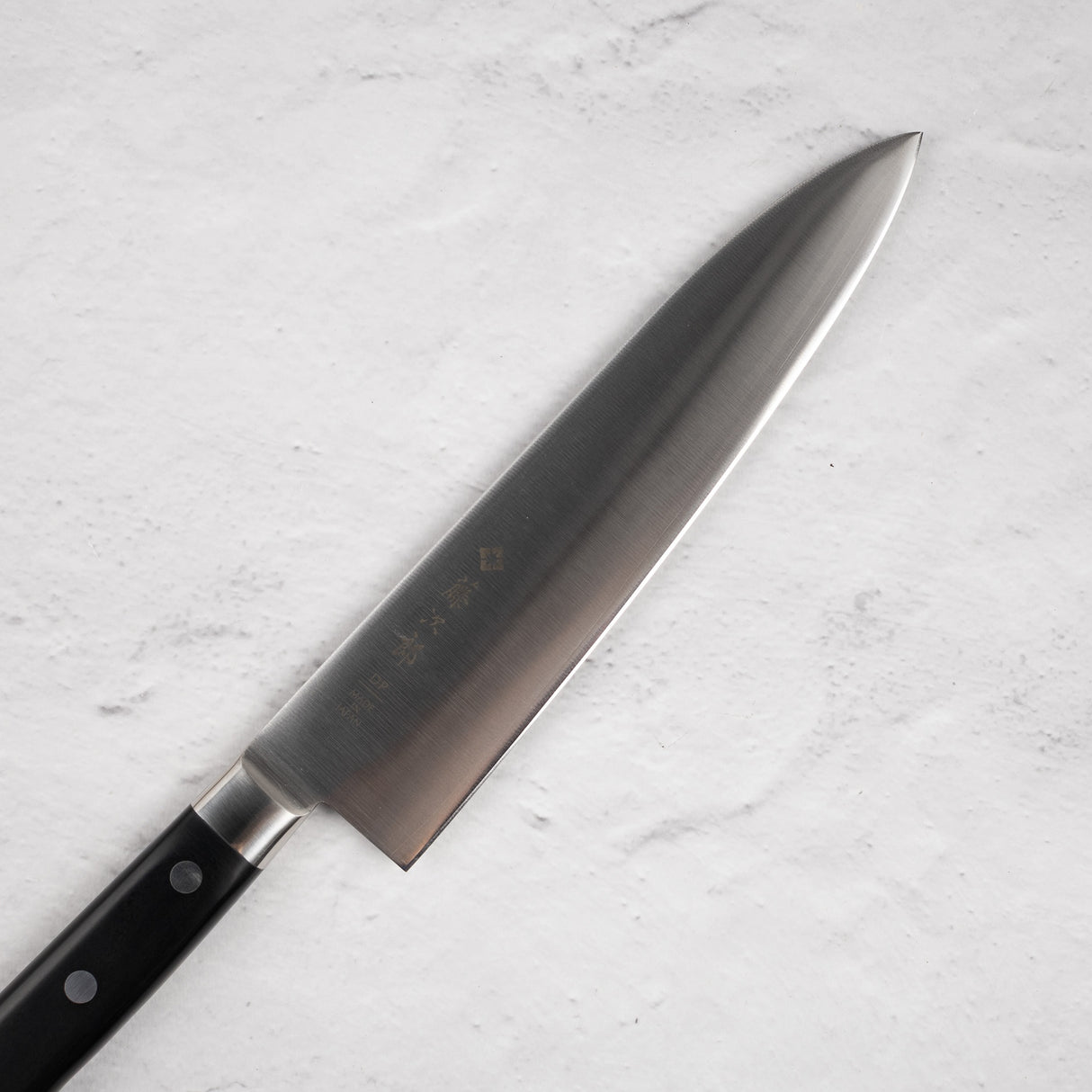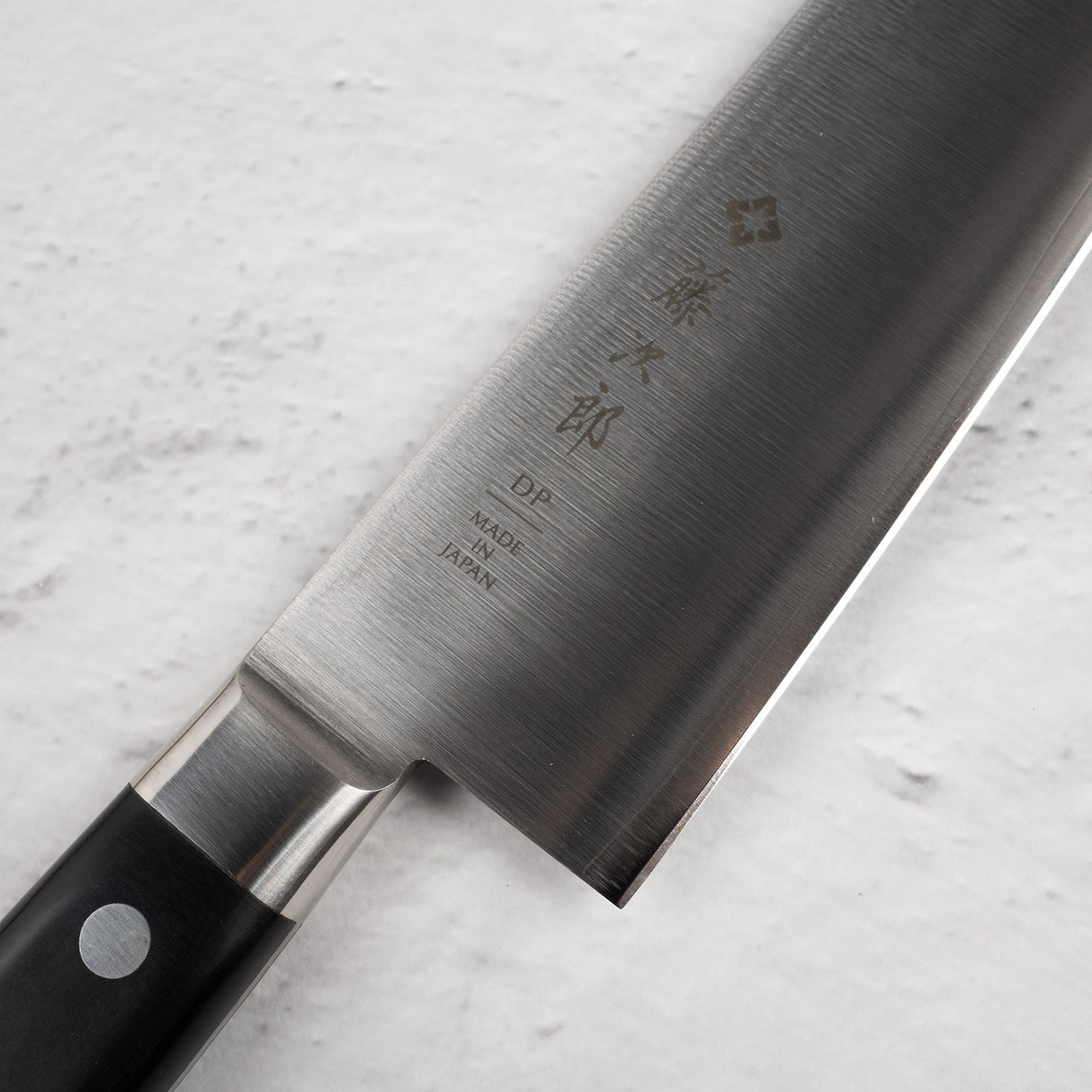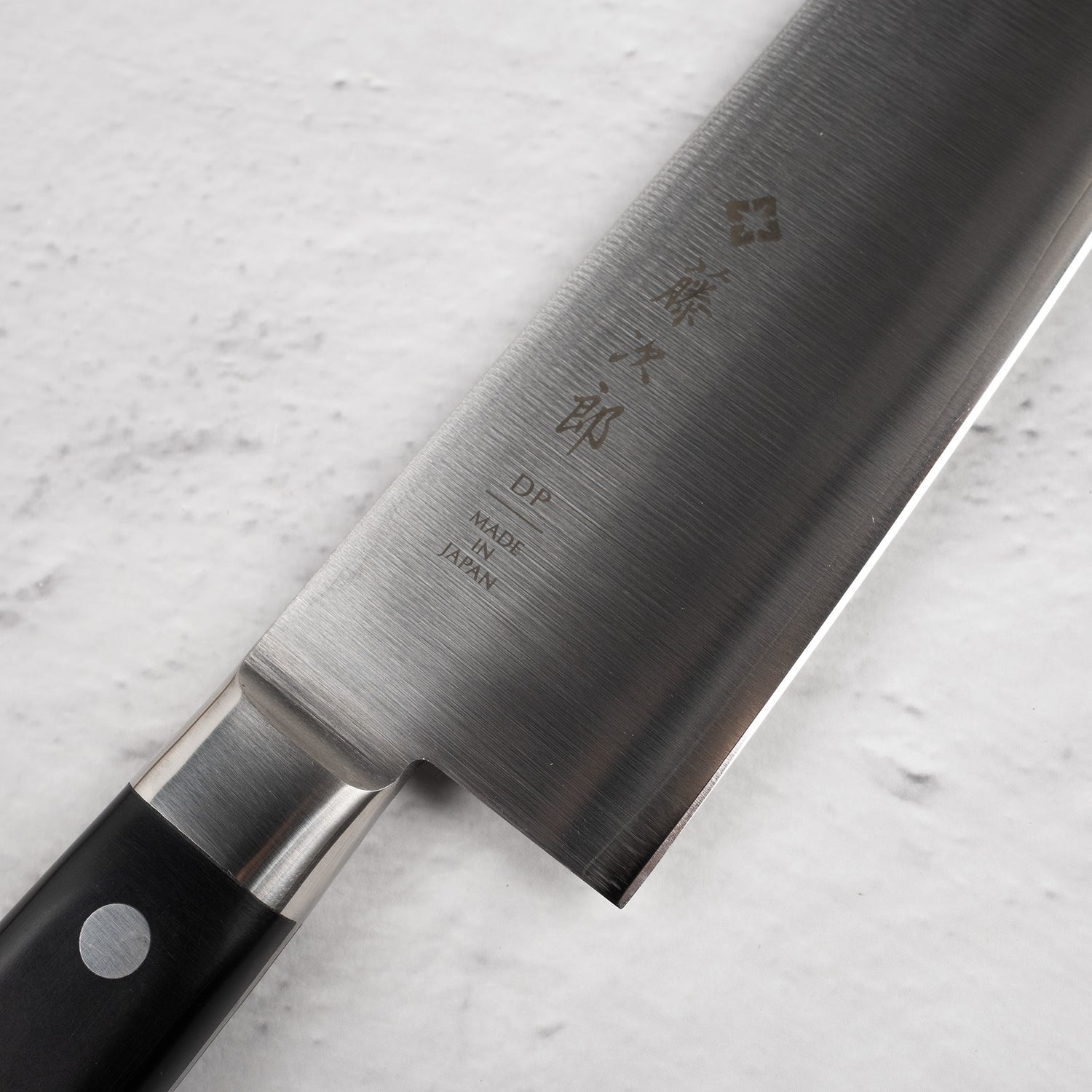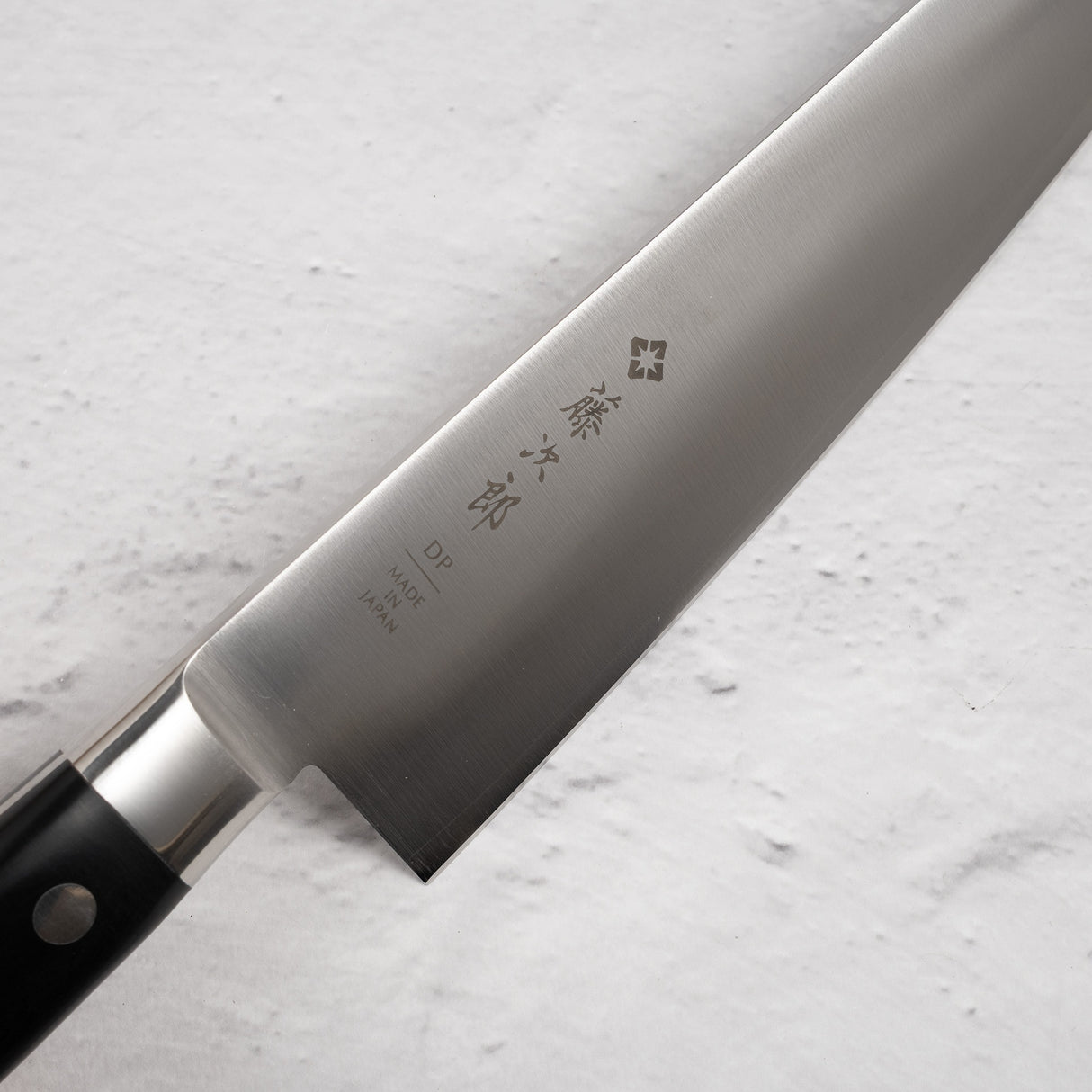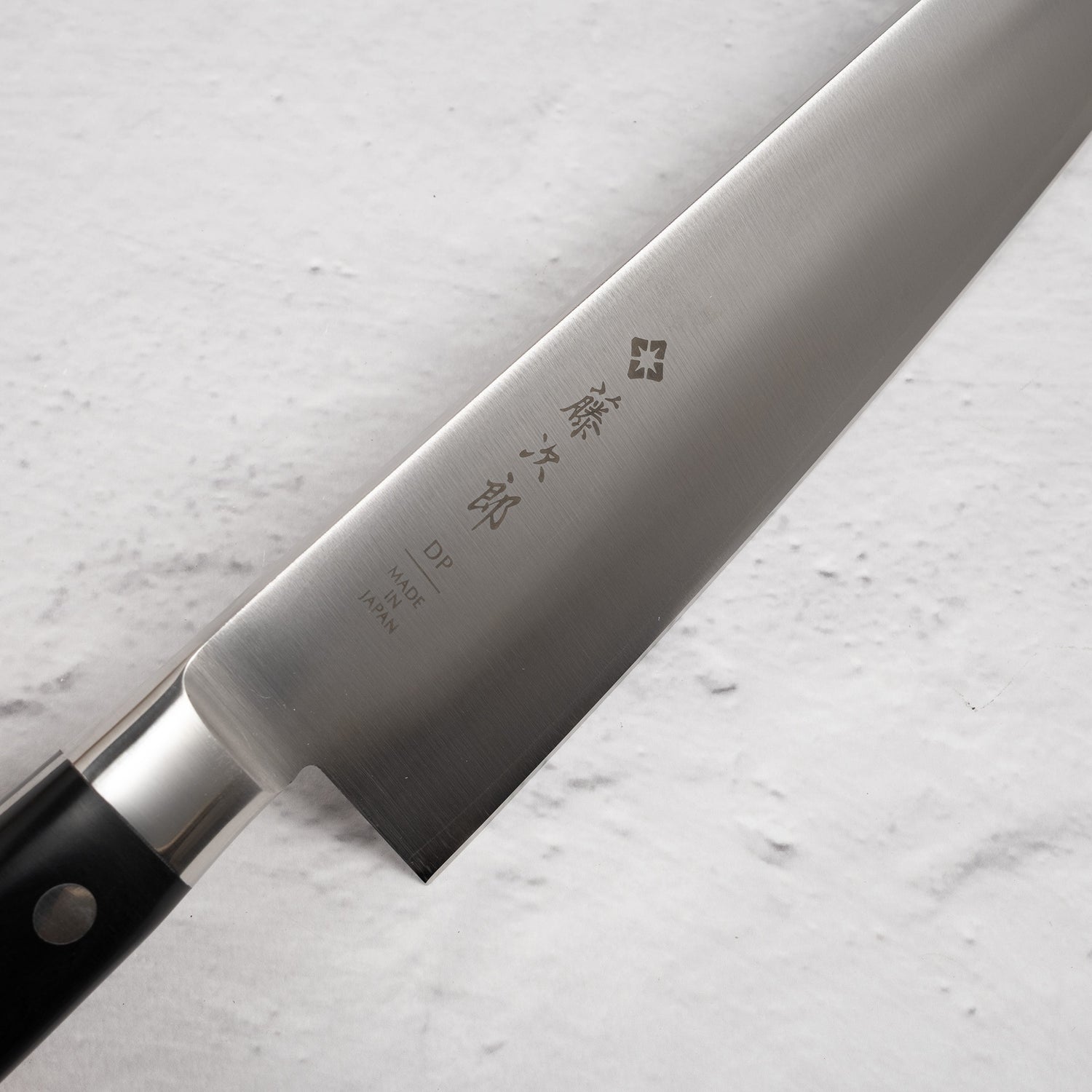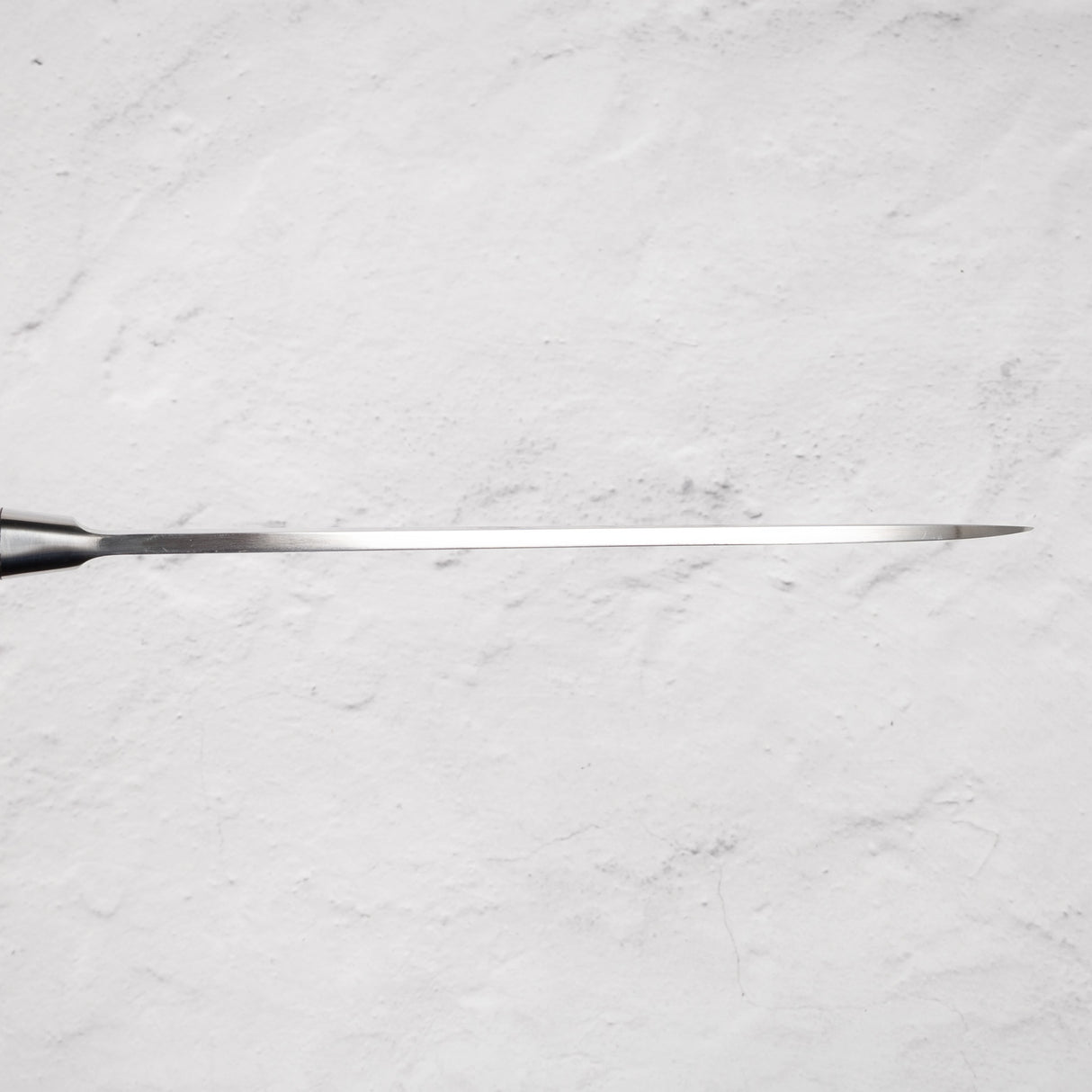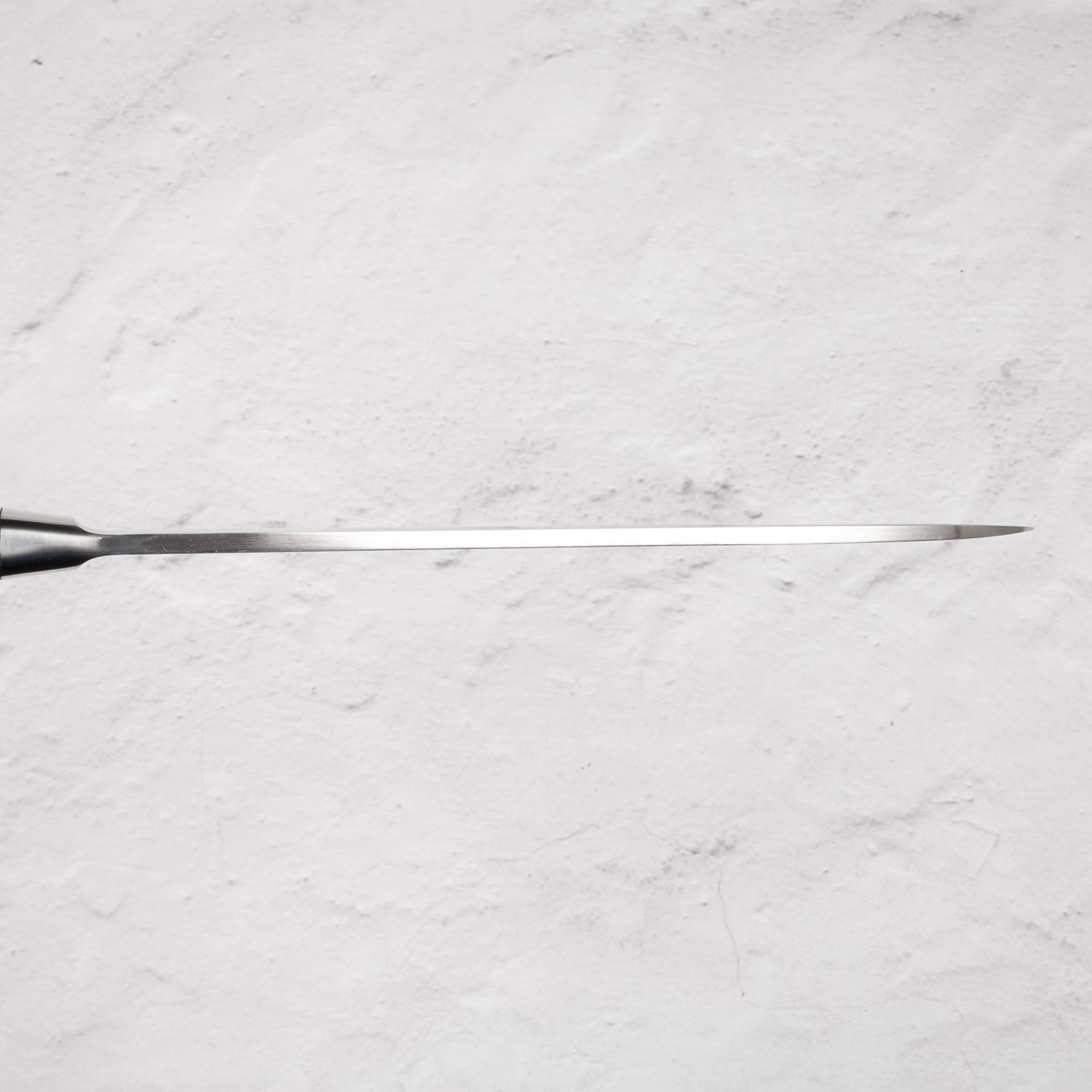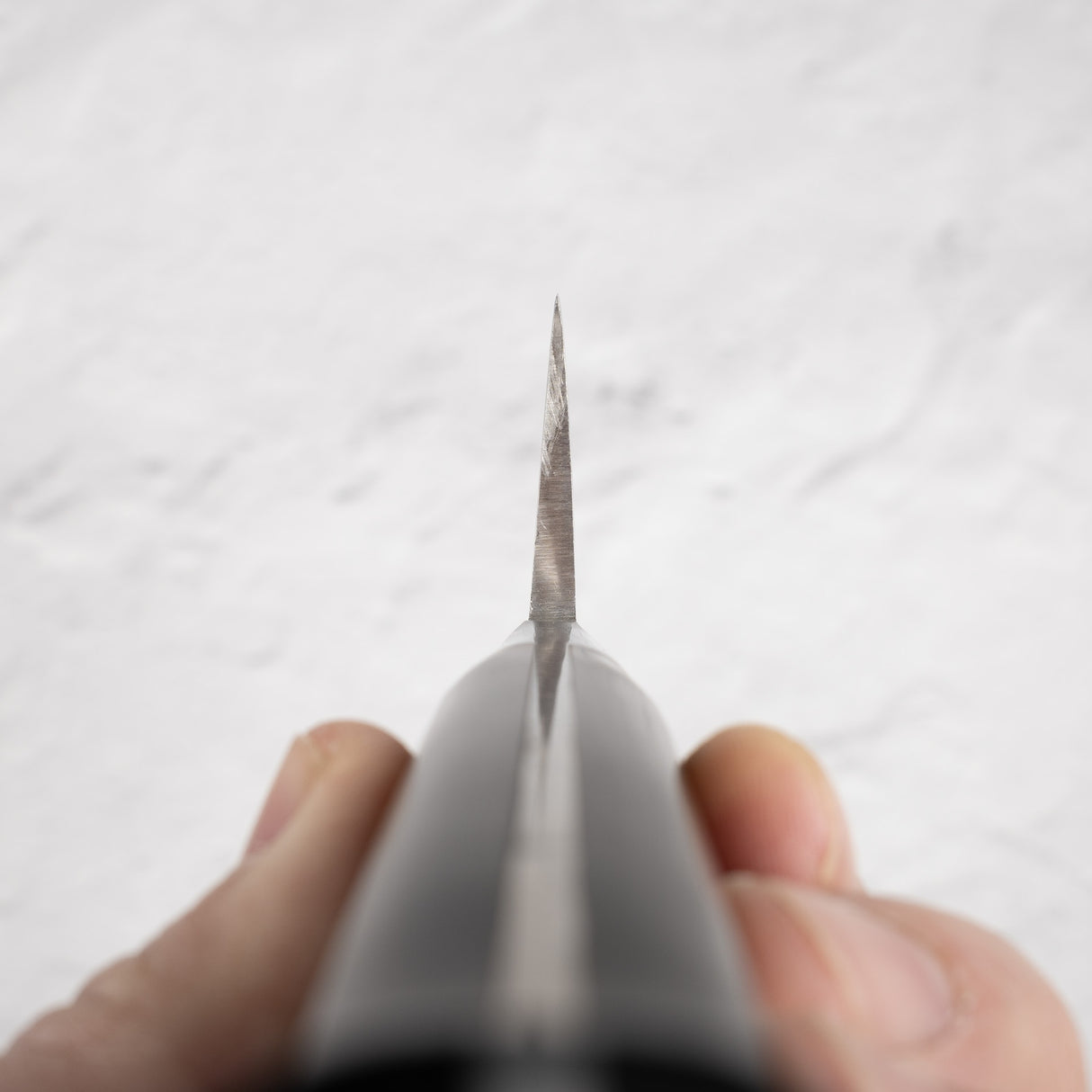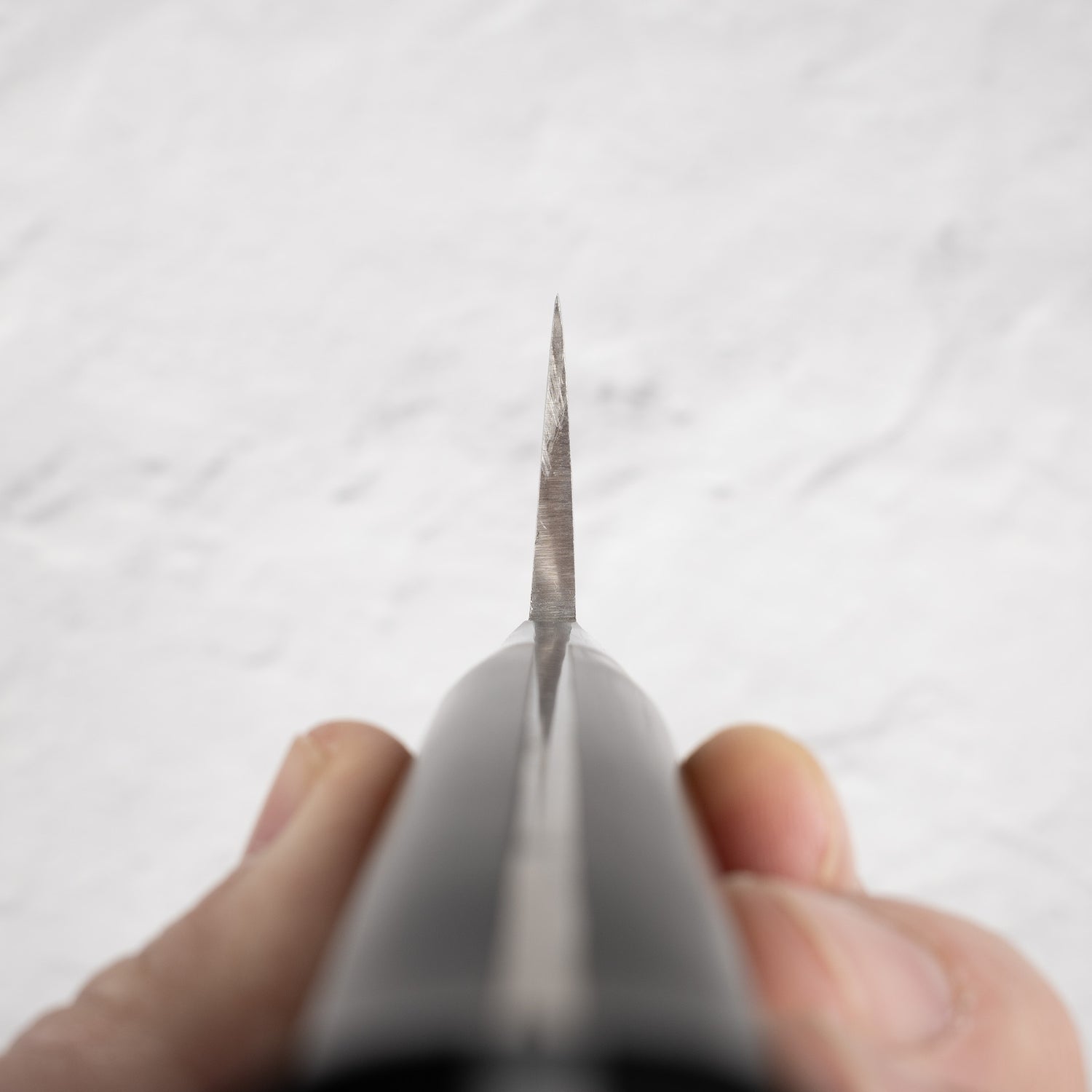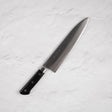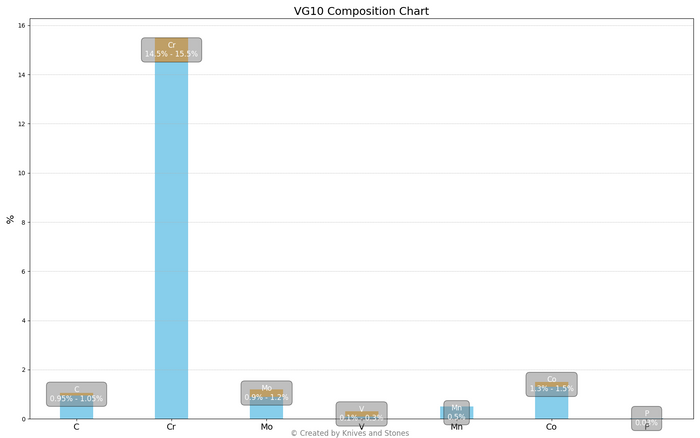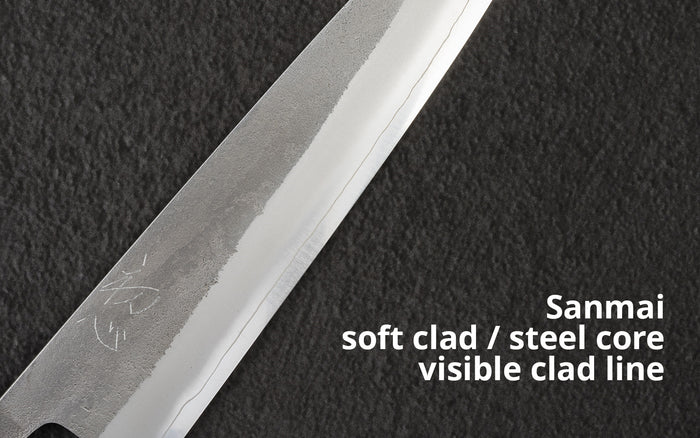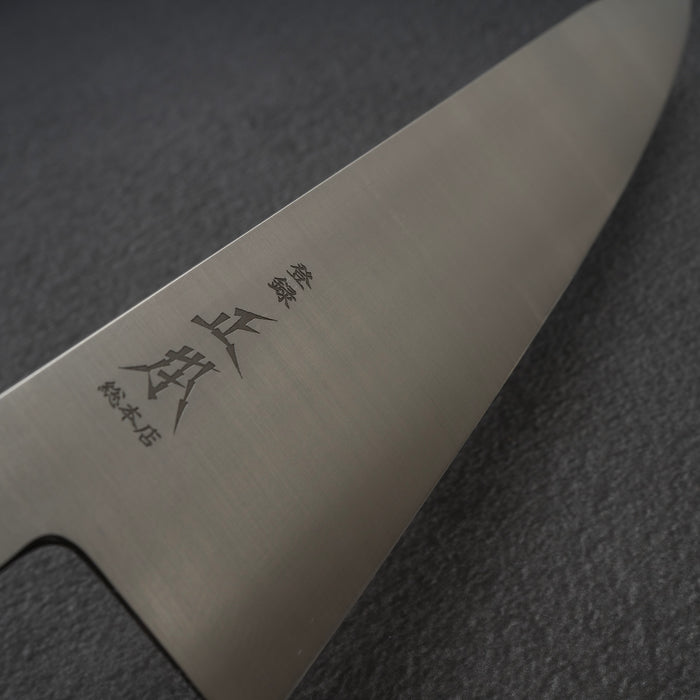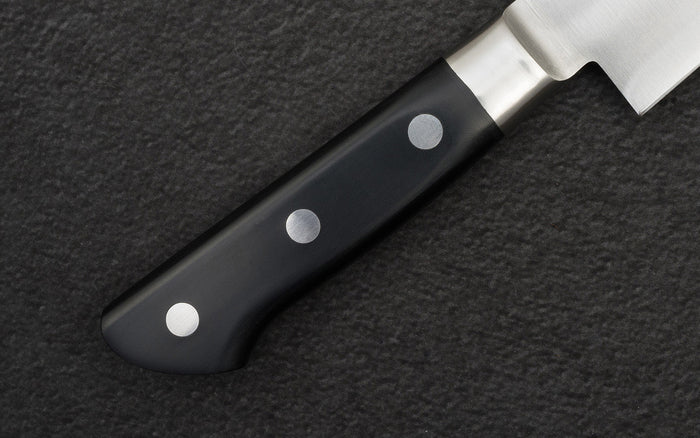Tojiro | SKU:
TOJI_GY210_F815
Tojiro DP3 Yo-Deba 240mm F-815
Regular price
$289.95
Unit price
/
Unavailable
Tojiro DP3 Yo-Deba 240mm F-815 is backordered and will ship as soon as it is back in stock.
Couldn't load pickup availability
Detailed Specifications
| Line | Tojiro DP |
| Profile | Deba |
| Bevel Type | Double Bevel |
| Weight | 423 g | 14.9 oz |
| Edge Length | 271 mm | 10 43/64″ |
| Heel Height | 51 mm | 2 1/64″ |
| Width @ Spine | 4.7 mm | 3/16″ |
| Width @ Mid | 4.5 mm | 11/64″ |
| Width @ 1cm from Tip | 2.1 mm | 5/64″ |
| Steel | VG10 | Stainless |
| Blade Construction | Sanmai - Stainless Clad |
| Hardness (HRC) | 59 - 61 |
| Surface Finish | Migaki |
| Handle | Western Pakka Wood with Bolster |
| Region | Tsubame |
| Best for |
|

| Pros | Cons |
|
|
|
Care Instruction
- Don't cut hard things! Japanese knives are brittle so bone hacking is a NO NO!
- Wash with neutral detergent after use, and wipe dry;
- Please don't wash knife with dishwasher, it will damage the wood handle;
- Be careful not to leave the knife close to a heat source for a long time;
- It is a lot more dangerous to cut with a blunt knife than a sharp knife!
- It is best to sharpen a Japanese knife regularly on a waterstone.

